Ricciardo shares how he ended up with ‘Honey Badger’ nickname during time in F1
After dropping off the F1 grid last year, Daniel Ricciardo is gradually telling more stories from his career.
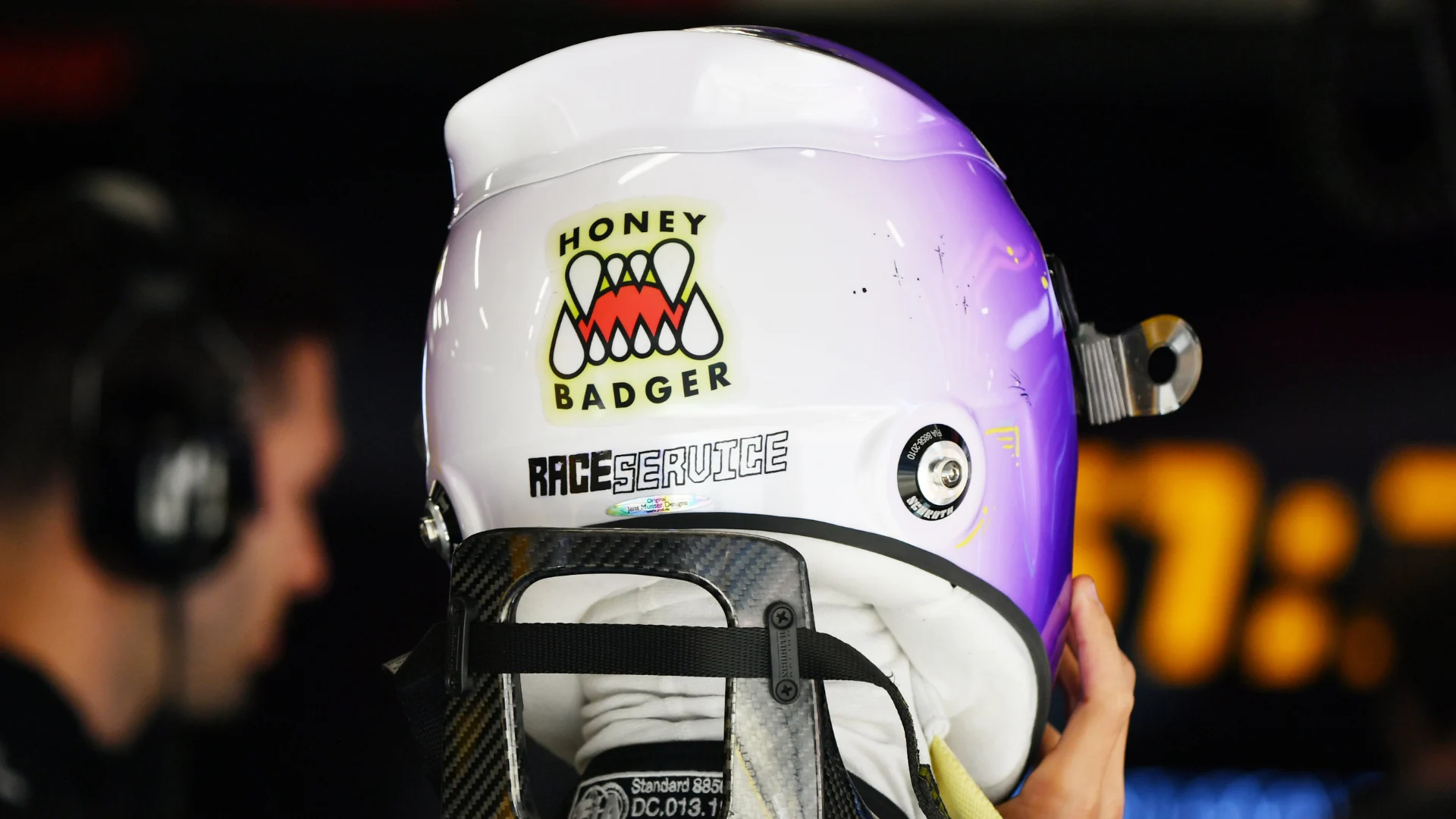
Daniel Ricciardo has revealed the story behind the ‘Honey Badger’ nickname he took on during his time in Formula 1, explaining that the animal represented his “alter ego” whenever he jumped into the cockpit.
Found across Africa, Southwest Asia and the Indian subcontinent, the honey badger is famous for its aggression, strength and toughness, with skin so thick that it can withstand various stings and bites.
Speaking in an interview at Ray White’s Connect conference in Australia earlier this month, Ricciardo shared how his relaxed nature off the track, mixed with his hunger to succeed on it, led to the amusing label being adopted.
“Honey badgers are cuddly and cute, super good-looking,” he began with a laugh. “But when something takes what’s theirs, they fight back, and I think that was sort of like my alter ego when I got behind the wheel.”
Given his easy-going ways, Ricciardo admitted that he had to work hard on extracting that alter ego, or “killer instinct”, as his F1 career developed.
“I have had a competitor in me since when I was a kid; I was always competitive in everything I did,” he commented. “But the killer instinct I needed to develop and work on extracting it out of myself. I’m naturally more easy-going.
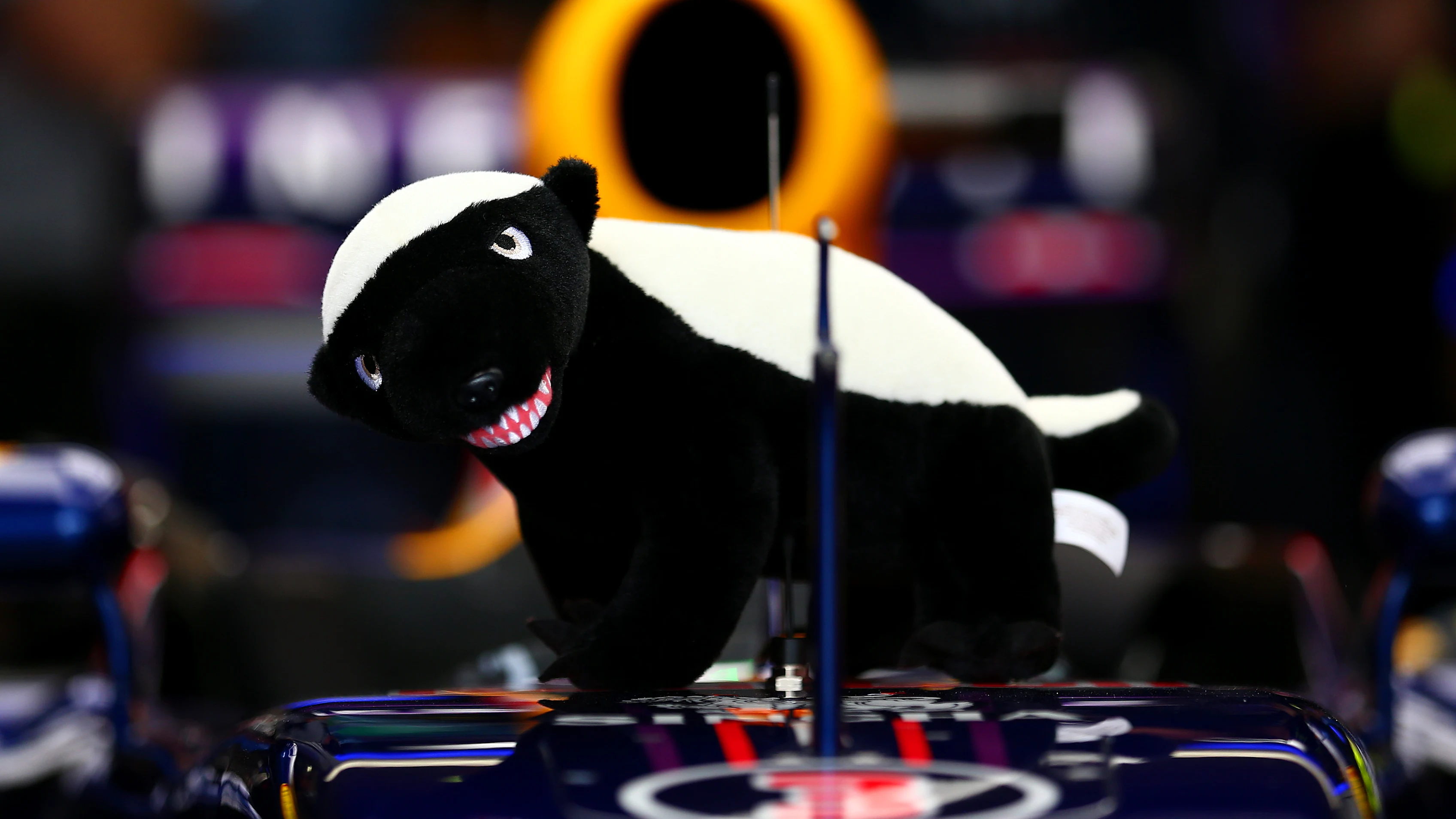
“One of my first trainers at the time, Stu Smith, he really brought it out of me. I did have to work at it, but when I let it out it did feel kinda nice – it’s nice to be a badass sometimes.
“I would use too much energy trying to be tough all the time because it’s not natural for me. I would see other drivers who had that killer instinct from morning to night and I wished I could be like them.
“I think people would see me laughing and joking, and they would see that as weakness and underestimate me. But I would put the helmet on and think, ‘Okay, now it’s time to be tough like the others’.”
Ricciardo’s killer instinct was perhaps best represented through overtaking – the Australian catching the eye with an array of late lunges and bold passes across his career.
“There’s a lot of drivers who could go on the track by themselves and be fast, but go on the track with 20 others and it’s about race craft, and overtaking is a big part of that,” he emphasised.
“It becomes quite scary because there’s some unpredictability and risk involved. You might be in third place and think, ‘Well, I’ve got a podium, do I need to risk crashing?’, but it’s the most fun, and I always thought it was better to crash than not try.
“It got to a point [where] to me it was just instinct. You accept that if it doesn’t work you can be proud that you gave it a crack. I loved it, and I felt like the competitors would see me coming and knew I’d have a go, so I was already one step ahead.”
Ricciardo recently opened up about his journey of “self-exploration” since leaving the F1 world, with the 36-year-old “trying to figure out who I am” beyond racing.
In just under a decade-and-a-half as an F1 driver, he amassed 257 starts, three pole positions, eight victories, 32 podium finishes and more than 1,300 points, while representing HRT, Toro Rosso (later AlphaTauri/RB), Red Bull, Renault and McLaren.

Next Up
Related Articles
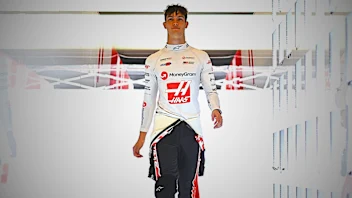 ExclusiveHow Bearman went from super-sub to star rookie in 2025
ExclusiveHow Bearman went from super-sub to star rookie in 2025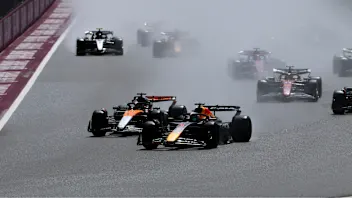 REVEALED: Your favourite race of the 2025 season
REVEALED: Your favourite race of the 2025 season.webp) End Of Year Reports 2025Alpine’s best and worst moments from 2025
End Of Year Reports 2025Alpine’s best and worst moments from 2025 EXPLAINED: The key terms for F1’s new-for-2026 rules
EXPLAINED: The key terms for F1’s new-for-2026 rules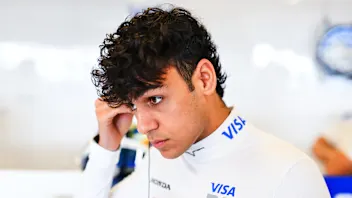 Marko ‘believed in me when others didn’t’ – Lindblad
Marko ‘believed in me when others didn’t’ – Lindblad F1 CEO Domenicali reflects on 'phenomenal' 2025
F1 CEO Domenicali reflects on 'phenomenal' 2025